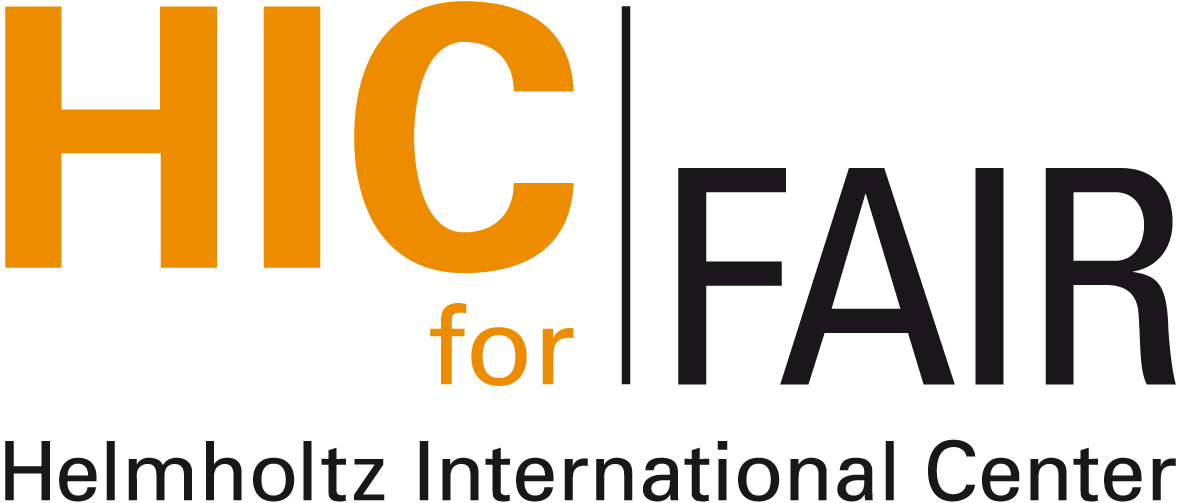\( \newcommand{\dd}{\mathrm{d}} \)
\( \DeclareMathOperator{\sign}{sign} \)
 Nuclear
Physics Colloquium
Nuclear
Physics Colloquium
Venue: Physics Building, Max-von-Laue-Str. 1, Seminar
Room PHYS 2.116
Time: Thursday, February 09, 4:30 pm (s.t.)
Contact: hees@fias.uni-frankfurt.de
Clustering in Nuclear Structure and
Reactions
Thomas Neff (GSI Darmstadt)
Clustering
plays an important role in the structure of nuclei, especially for light
nuclei in the p-shell. In nuclear cluster models these degrees of
freedom are introduced explicitly. In the Resonating Group Method or in
the Generator Coordinate Method the clusters are built from individual
nucleons interacting via an effective nucleon-nucleon interaction; the
total wave function is antisymmetrized. Fermionic Molecular Dynamics
(FMD) goes beyond pure cluster models. It is a microscopic many-body
approach using a Gaussian wave packet basis that includes the harmonic
oscillator shell model and Brink-type cluster model wave functions as
special cases. Clustering is not imposed but appears dynamically in the
calculations. The importance of clustering for the understanding of
bound states, resonances and scattering states is illustrated with
examples discussing the charge radii of the Neon isotopes, the
${^3}\text{He}(\alpha,\gamma){^7}\text{Be}$ capture reaction and the
cluster states in the $^{12}\text{C}$ continuum.
Nuclear Physics Colloquium Homepage
 Nuclear
Physics Colloquium
Nuclear
Physics Colloquium Nuclear
Physics Colloquium
Nuclear
Physics Colloquium